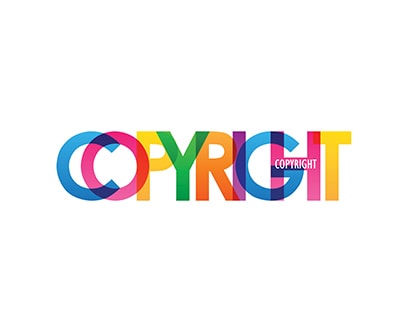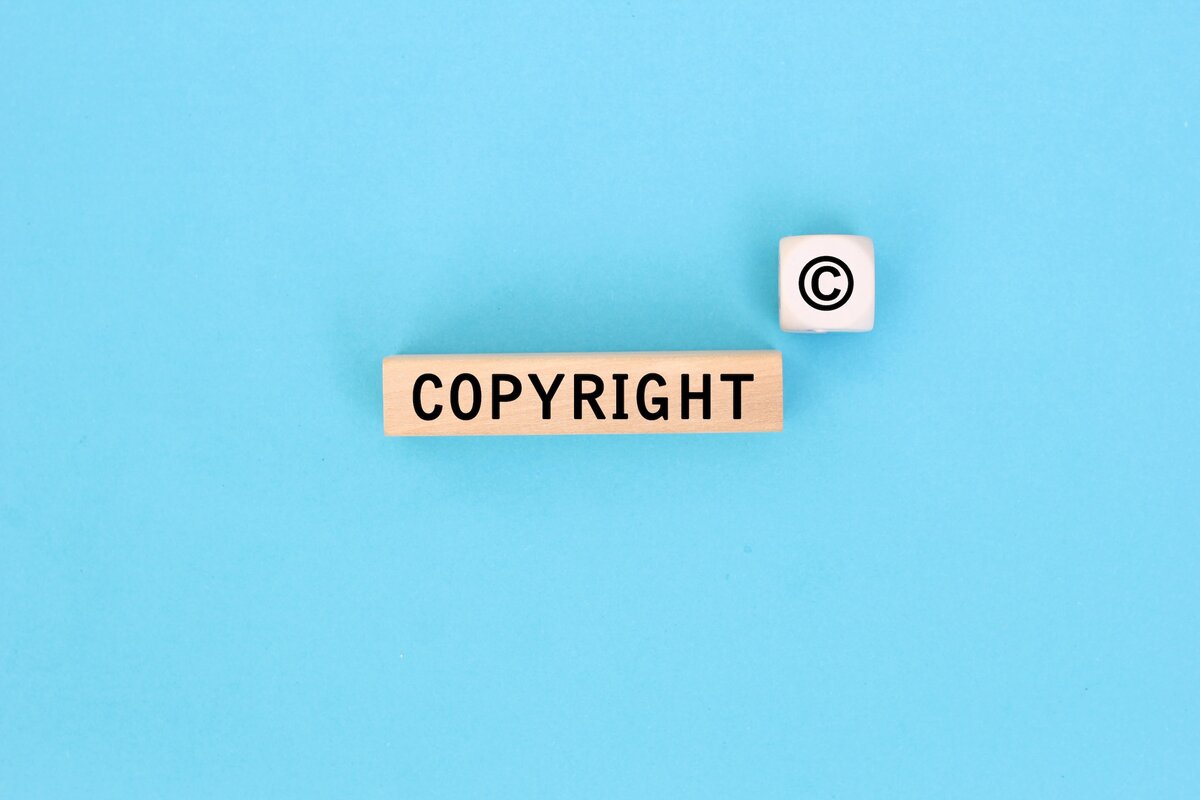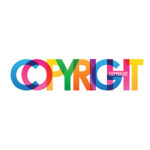患者自主权的新纪元:《维持生命治疗的预作决定条例草案》赋予的新权利
10 Jan 2025
2024年11月20日,香港立法会通过了《维持生命治疗的预作决定条例草案》,并于2024年11月24日刊宪。 《条例草案》将在经过18个月的缓冲期后,于2026年5月正式生效。这项条例引入了重大变革,使个人在可能因精神或身体状况无法自行作出医疗决定的情况下,能够事先决定其医疗治疗方式。
《条例草案》赋予个人订立预设医疗指示(Advance Medical Directives,简称AMD)的权利,使其能够预先作出具法律约束力的医疗决定。这包括在特定情况下拒绝接受如机械通气、心肺复苏术(CPR)或人工营养及水分补给等生命维持治疗。此外,患者亦有权选择「不作心肺复苏术指示」(Do Not Attempt Cardiopulmonary Resuscitation,简称DNACPR),让患者有权利拒绝心肺复苏。
本文解释《条例草案》引入的新权利,并概述个人如何采取步骤行使这些权利。
预设医疗指示(AMD)
预设医疗指示(Advance Medical Directive,简称AMD)是一份具法律约束力的文件,允许个人指示医护人员在特定情况下不提供生命维持治疗,例如当其处于末期病况、持续植物人状态或不可逆昏迷。
可以拒绝的生命维持治疗的类别:
- 医疗机械通气
- 心肺复苏术(CPR)
- 人工营养及水分补给(如经导管喂食)
步骤 1:确认资格
- 年满18岁或以上
- 具备精神能力,能就生命维持治疗作出决定
- 在订立AMD时,在医生和律师的判断下,不受外界或第三者的不当影响
步骤 2:选择拒绝的治疗
- 决定要拒绝哪些生命维持治疗,例如:
– 机械通气
– 心肺复苏术(CPR)
– 人工营养及水分补给
步骤 3:填写法定表格
- AMD必须以书面形式订立,并使用法定表格。表格需签署并由至少两名证人见证。
- 一名证人必须是注册医生(Registered Medical Practitioner,简称RMP),以确认您具备精神能力并理解决定的后果。
- 证人不得是您遗产的受益人。
步骤 4:数码存档
完成AMD后,数码副本将安全地存放于专用电子系统中(计划整合至由医务卫生局管理、目前正分阶段开发的电子健康记录平台 eHealth),确保医护人员在需要时能够查阅您的AMD。
步骤 5:撤销
如果您改变主意,可以通过以下方式撤销您的AMD,只要您仍具备精神能力:
- 口头声明您的撤销意图
- 提供书面声明
- 销毁原始文件
「不作心肺复苏术」指示(DNACPR)
《条例草案》亦赋予个人权利,可订立「不作心肺复苏术指示」(Do Not Attempt Cardiopulmonary Resuscitation,简称DNACPR)。该指示明确要求医护人员在患者发生心肺停止时,不进行心肺复苏术(CPR)。
如果您希望选择DNACPR指示,可以通过以下方式开始程序:
选项 1:通过预设医疗指示(AMD):如果您已订立AMD,您可以在其中包含拒绝CPR的指示,这相当于发出了DNACPR指示。
选项 2:医学判定:当医生判定CPR在您的情况下适当或无效时,医生可以基于医学建议发出DNACPR指示。
选项 3:明确要求:如果您希望主动提出DNACPR指示,必须通过填写法定表格以书面形式确认,并由医护人员记录,确保其与您的意愿和健康状况一致。
紧记: DNACPR指示需由两名注册医生(Registered Medical Practitioners,简称RMPs)确认,其中至少一名必须是专科医生。
《维持生命治疗的预作决定条例草案》标志着个人在医疗决策自主权方面的一次重大转变。通过允许患者订立预设医疗指示(AMD)和选择不作心肺复苏术指示(DNACPR),该条例赋予个人提前作出重要治疗决策的权利,确保即使在未来丧失表达能力的情况下,其意愿仍能得到尊重。
尽管该法案要到 2026 年 5 月才会生效,但个人应考虑在此过渡期间的选择。
如果您想知道关于这方面的保障,请联络我们的合伙人,赵君宜律师(+852 2186 1885 / +852 9169 4356)。
免责声明: 本文仅供参考。本文中的任何内容均不得诠释为香港法律建议或向任何人提供的任何与此相关的法律建议。对于任何人因本文所含的内容而造成的任何损失和/或损害,高李严律师行不承担任何责任。
作者
最新文章

 香港中环雪厂街二号圣佐治大厦五楼503室
香港中环雪厂街二号圣佐治大厦五楼503室 +852 2868 0696
+852 2868 0696















